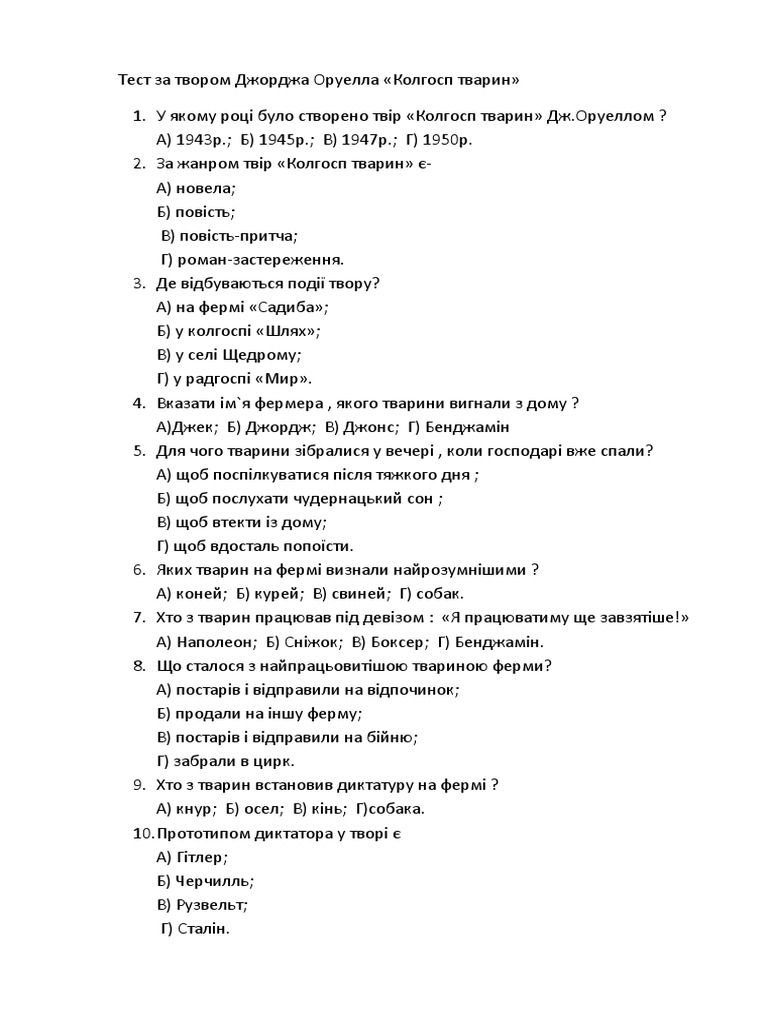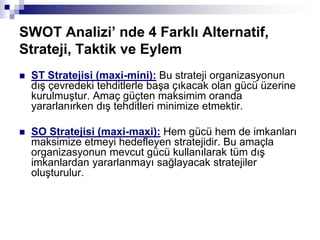Why Trump Targeted Europe: A Deep Dive Into His Trade Policies

Table of Contents
The "America First" Doctrine and its Impact on Transatlantic Trade
The core tenet of Trump's "America First" policy was a pronounced shift towards protectionism. This approach significantly influenced trade negotiations with Europe, prioritizing domestic industries and jobs over free trade agreements. The administration argued that past trade deals had unfairly disadvantaged American workers and businesses.
- Protectionism as a Rationale: The Trump administration frequently cited unfair trade practices by other nations, including European countries, as justification for implementing protectionist measures. This included claims of dumping (selling goods below cost) and subsidies that distorted global markets.
- Specific Trade Disputes: High-profile examples include the imposition of tariffs on steel and aluminum imports from the European Union, citing national security concerns. These tariffs sparked retaliatory measures from Europe, escalating tensions.
- Perceived Unfair Trade Practices: From Trump's perspective, European nations engaged in various practices deemed "unfair," such as regulatory barriers and trade subsidies that harmed American businesses. This perception fueled the administration's aggressive trade actions.
Targeting Specific European Industries: Steel, Aluminum, and Automobiles
Trump's administration didn't target European trade uniformly; certain sectors faced disproportionate scrutiny. The steel, aluminum, and automobile industries were particularly affected.
- Economic Arguments for Tariffs: The justification for tariffs often centered on national security (for steel and aluminum) and the need to protect American jobs. The administration argued that these industries were vital for national defense and economic stability.
- Impact on European Industries and Consumers: The tariffs imposed significant costs on European producers, leading to price increases and reduced competitiveness in the US market. European consumers also faced higher prices for affected goods.
- Counterarguments from Europe: The EU countered that the tariffs were unjustified and violated international trade rules. They argued that the national security justification was flimsy and that the measures were primarily protectionist.
The Role of the WTO and Bilateral Trade Agreements in Trump's Approach
Trump's approach to international trade organizations and agreements was highly unconventional. His administration frequently criticized the World Trade Organization (WTO) and sought to renegotiate or withdraw from existing trade agreements.
- Critique of the WTO: The Trump administration viewed the WTO as ineffective and biased against American interests. They argued that the organization's dispute settlement system was slow and unfair.
- Renegotiation and Withdrawal Attempts: While no major trade agreements were entirely scrapped with the EU under Trump, the administration pursued bilateral deals, attempting to renegotiate terms deemed unfavorable to the US. The overall approach signaled a move away from multilateralism.
- Consequences for Global Trade: Trump's actions undermined the multilateral trading system, creating uncertainty and raising concerns about the future of global trade cooperation. This approach fueled trade tensions and retaliatory measures worldwide.
Political Motivations Behind Trump's Trade Policies Towards Europe
While economic arguments were presented, political motivations also played a significant role in shaping Trump's trade policies towards Europe.
- Domestic Political Aims: Targeting Europe served domestic political goals. The administration sought to demonstrate a tough stance on trade, appealing to its base and portraying itself as defending American workers against unfair competition.
- Nationalism and Populism: Trump's trade policies aligned with broader nationalist and populist sentiments, emphasizing national sovereignty and prioritizing domestic interests above international cooperation.
- Impact on US-EU Political Relations: Trump's aggressive trade actions strained US-EU relations, creating distrust and undermining transatlantic cooperation on other policy areas. The trade disputes highlighted fundamental differences in approaches to globalization and international trade.
Conclusion: A Legacy of Disruption: Understanding Trump's Trade Policies Towards Europe
Trump's trade policies towards Europe were driven by a complex interplay of economic, political, and ideological factors. The "America First" doctrine, coupled with concerns about unfair trade practices and domestic political considerations, led to a period of heightened trade tensions and a significant shift away from multilateralism. Understanding these policies is crucial for analyzing the current state of US-Europe relations and predicting future trade interactions. Continue exploring this critical subject by researching reputable sources like the Peterson Institute for International Economics and the World Trade Organization and joining the conversation on #TrumpsTradePolicies and their long-term implications for transatlantic relations.

Featured Posts
-
 Weekly Cac 40 Performance Slight Decline Stable Trend 07 03 2025
May 25, 2025
Weekly Cac 40 Performance Slight Decline Stable Trend 07 03 2025
May 25, 2025 -
 How Demna Gvasalia Will Transform Gucci
May 25, 2025
How Demna Gvasalia Will Transform Gucci
May 25, 2025 -
 Kyle Walkers Night Out Annie Kilner Steps Out Solo
May 25, 2025
Kyle Walkers Night Out Annie Kilner Steps Out Solo
May 25, 2025 -
 Ccm Fest 2025 A Complete Sellout
May 25, 2025
Ccm Fest 2025 A Complete Sellout
May 25, 2025 -
 Test Na Znanie Tvorchestva Olega Basilashvili
May 25, 2025
Test Na Znanie Tvorchestva Olega Basilashvili
May 25, 2025
Latest Posts
-
 Atletico Madrid Nasil Geriden Gelip Kazaniyor
May 25, 2025
Atletico Madrid Nasil Geriden Gelip Kazaniyor
May 25, 2025 -
 Geriden Gelen Atletico Madrid Taktik Ve Strateji Analizi
May 25, 2025
Geriden Gelen Atletico Madrid Taktik Ve Strateji Analizi
May 25, 2025 -
 Atletico Madrid In Geriden Gelis Basarilari
May 25, 2025
Atletico Madrid In Geriden Gelis Basarilari
May 25, 2025 -
 Atletico Madrid Geriden Gelis Hikayesi
May 25, 2025
Atletico Madrid Geriden Gelis Hikayesi
May 25, 2025 -
 Sevilla Atletico Madrid 1 2 Mac Oezeti Goller Ve Istatistikler
May 25, 2025
Sevilla Atletico Madrid 1 2 Mac Oezeti Goller Ve Istatistikler
May 25, 2025
